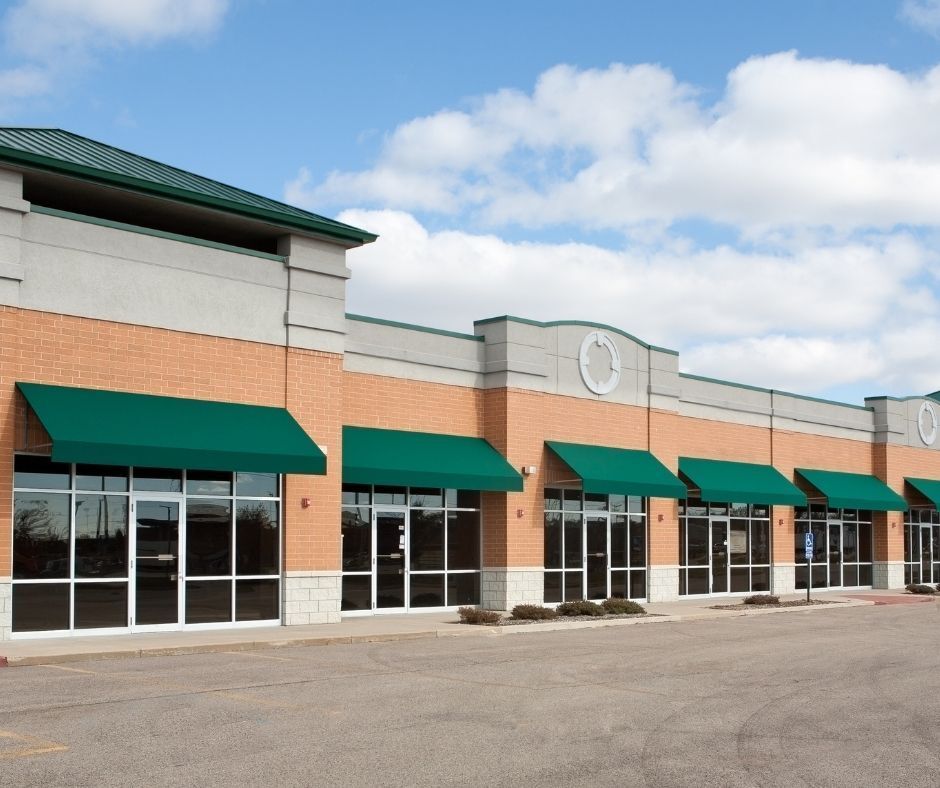FAQ - Small Business Exit Strategies: how to structure a business acquisition.
The Small Business Administration (SBA) 504 loan is a long-term financing tool for growing small businesses.
In this economy, a lot of business owners are thinking about retirement. You might be one of them. Maybe you're wondering if it's time to sell your company, or maybe you've been approached by a buyer who wants to purchase it. In either case, it's important to know that when it comes time to execute the deal, the best way to go is through a commercial loan.
I know what you're thinking: why would I want a bank involved in my sale? It's not like they have any skin in the game—they're just going to take their cut and leave me with whatever they feel like giving me at the end of the day. But this is actually a misconception about how commercial loans work: as long as your business is valuable and you've got an experienced financial advisor on your side, banks will do everything possible to help make the deal happen for everyone involved—including you.
That's because commercial loans aren't just for buying and selling businesses—they can also be used for many other purposes, including retirement planning and estate planning. If you choose to sell your company to an employee or family member, for example, a commercial loan can be used by your buyer (or even yourself) as part of an estate plan so you are protected.

A bank will lend your buyer the money based on their ability to pay it back rather than on whether they have enough cash in the bank today. The alternative is you taking on the risk and hope that you are paid back.
This option is only available if there's a lender willing to finance the transaction though, so make sure that there are lenders who will work with buyers in your situation before you start down this path.
The best place to start is by giving one of our advisors a call,
(727) 784-5555. We will walk you through all your options and help you game plan your exit strategy. Or use the form below to ask us a question.
Have A Question?
Use the form below and we will give your our expert answers! Or scroll down for more FAQs and Answers.
Ask A Question

Check out our other helpful videos to learn more about credit and residential mortgages.














